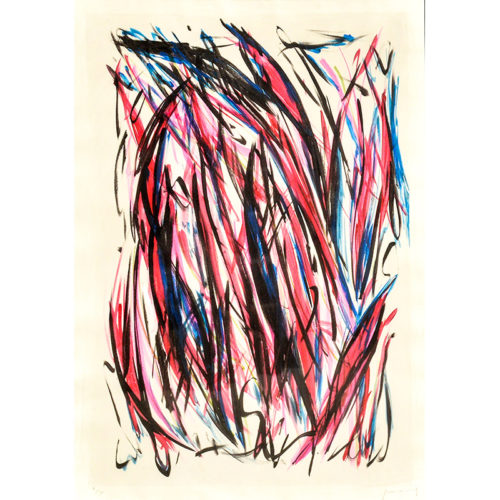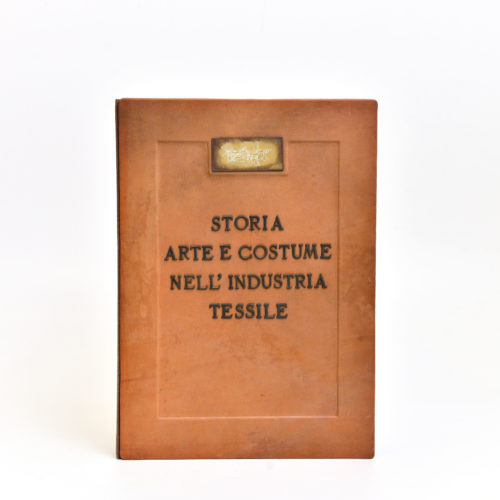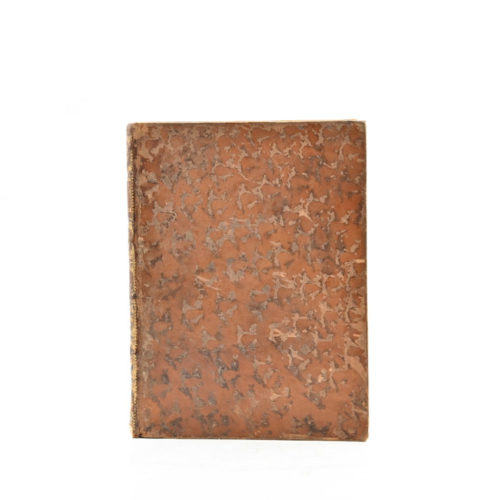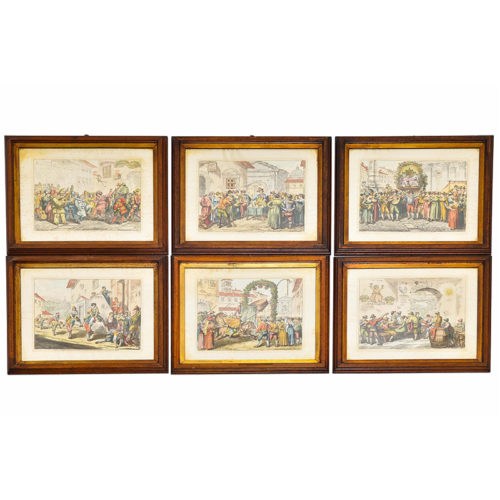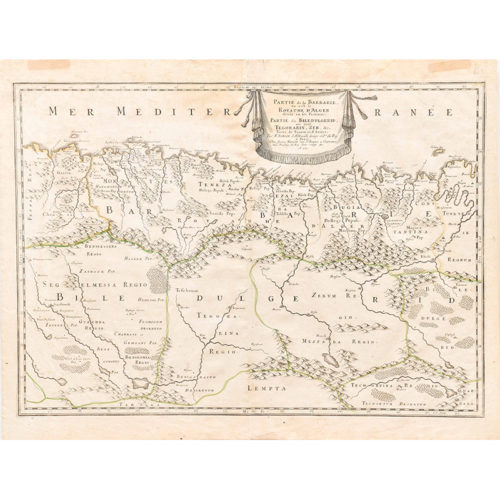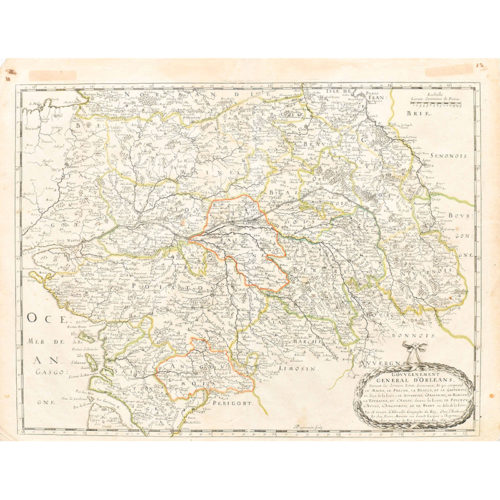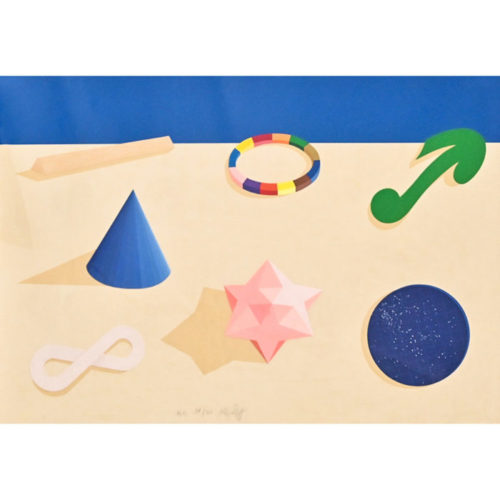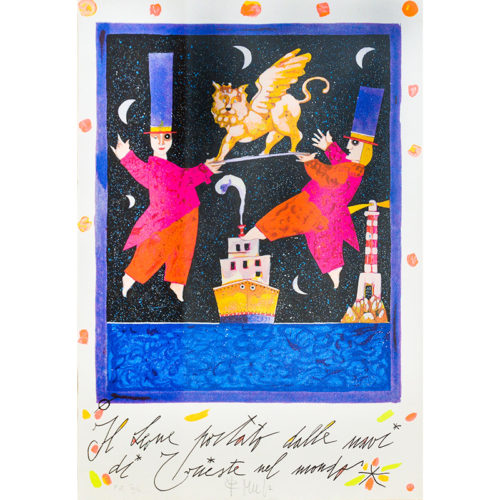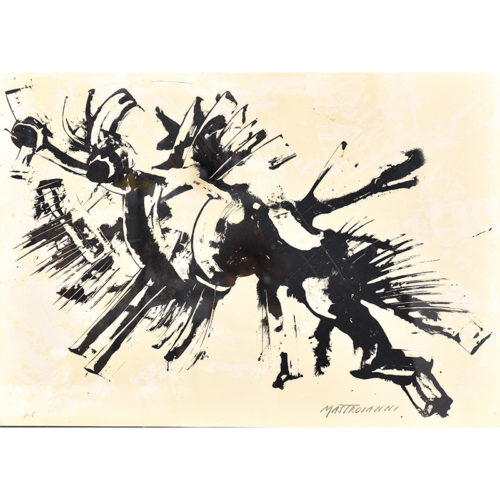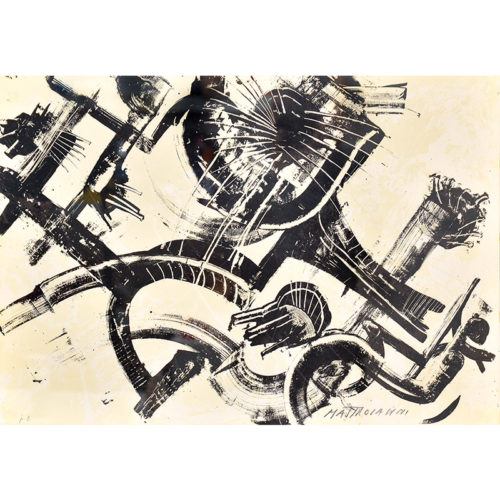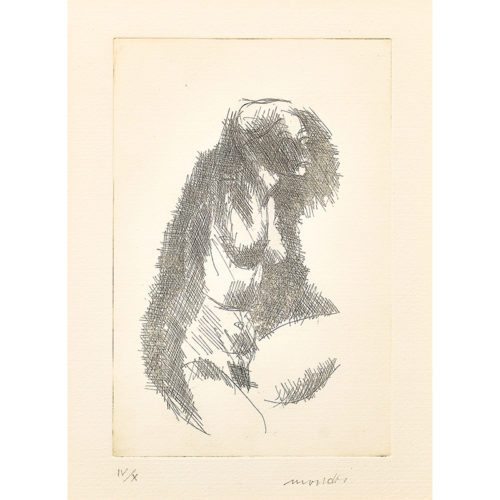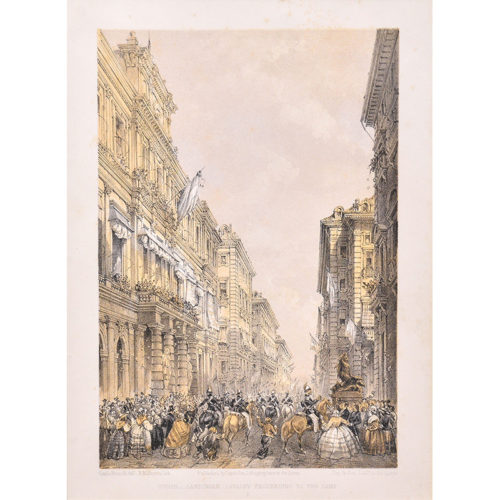Color lithograph, copy 9 on a print run of 50, made in 2001 by Emilio Vedova (Venice, August 9, 1919 - Venice, October 25, 2006) was an Italian painter and engraver. "Now I will no longer worry about cutting clear profiles, exact angles of light and shadow, but light and shadow will come directly from my intimate, concerned only with transmitting the image without any a priori revisionism, which I had felt for many years." (Cit. Widow)
Period: 2001
Measurements: In frame H 123 x L 92 cm / Paper H 97 x L 73 cm
